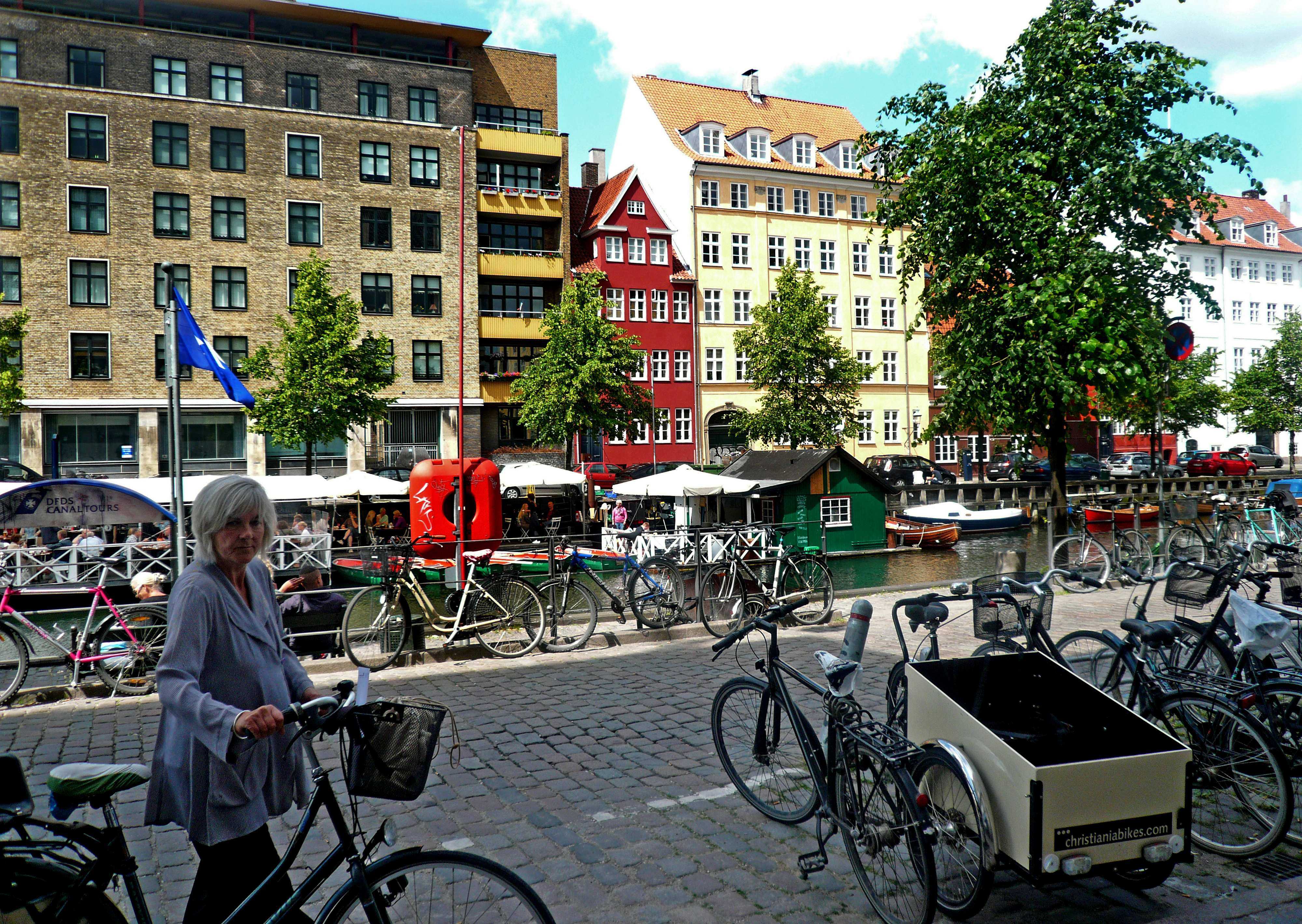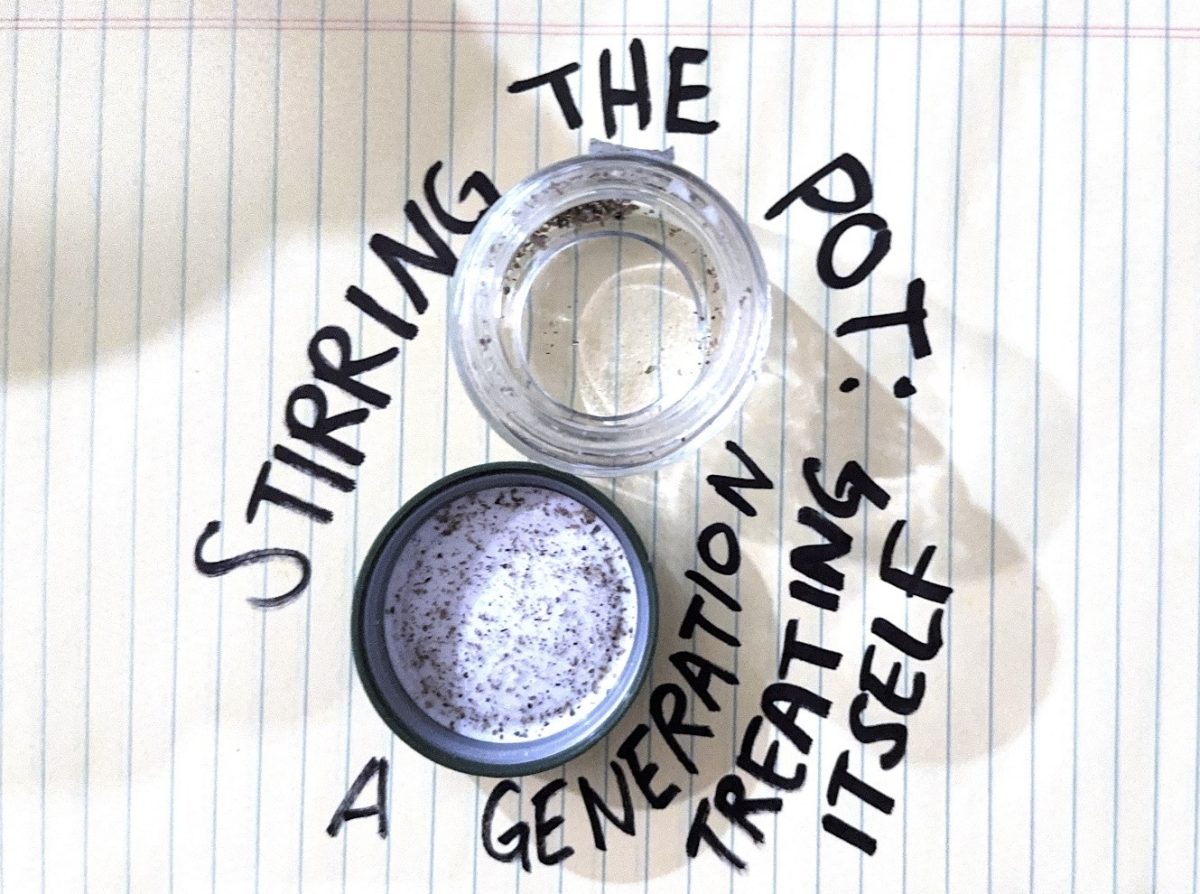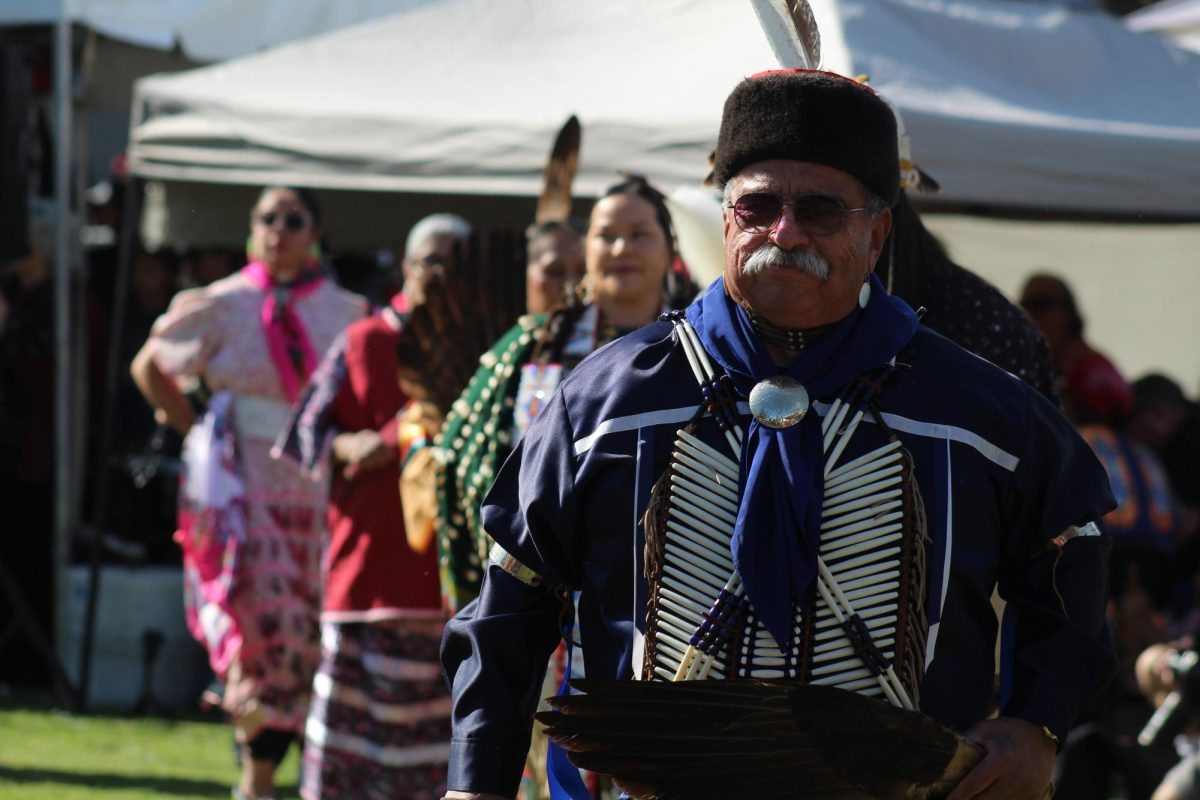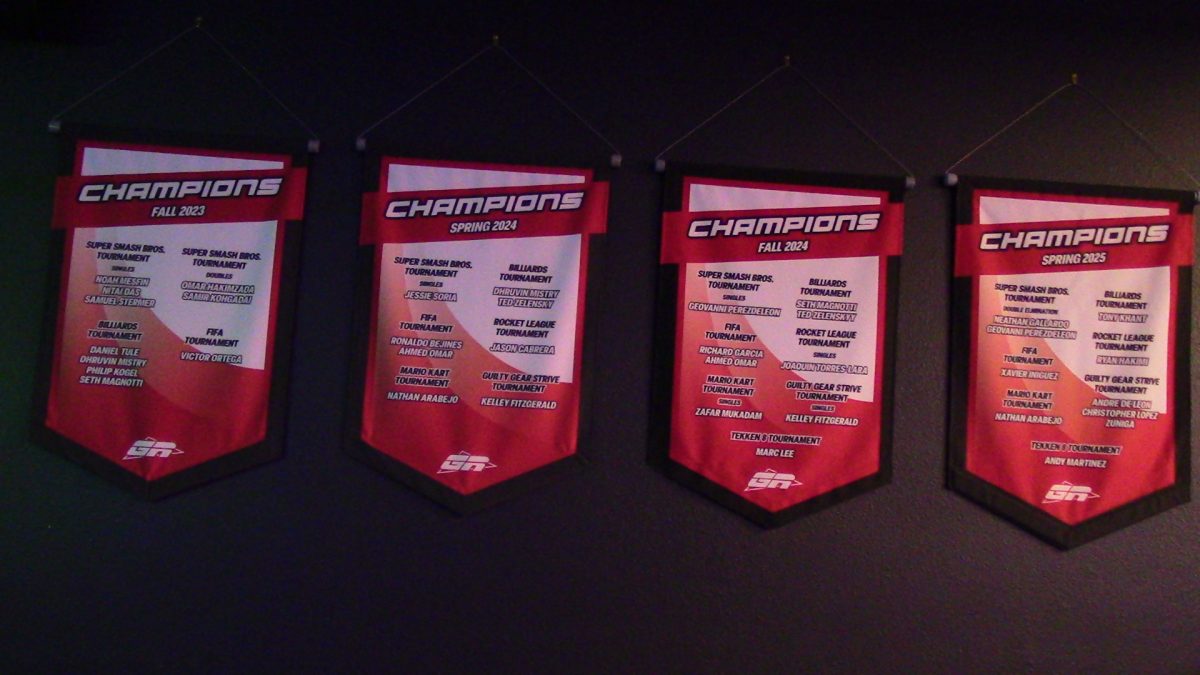Here’s a personal list of 15 things the Danish do better, from a 23-year-old Denmark native. From food and nature to more culturally entangled things, this is the top 15 things that she missed after moving to the U.S.
Take a look and get inspired to travel. If not Denmark, perhaps another European country or simply step out on the other side of the U.S. boarder.
1. Royal Family
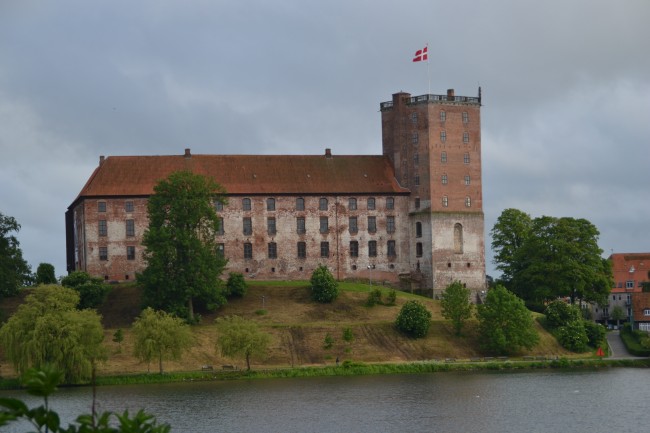
Denmark is the oldest, still existing, monarchy in Europe, which calls for beautiful old castles and history. Counting mansions, castles, palaces and The Royal Yacht, there are more than 150 places to visit. Fredensborg Castle is a beautiful white castle with a green roof majestically sitting in North Sealand. It is surrounded by magnificent scenery including both the royal private garden and a garden open to the public year round with free admission.
Other castles in Denmark started as fortress castles serving to protect against invasions like for an example Koldinghus. Koldinghus is located close to the German boarder. The list of historic, royal places to visit goes on and on.
2. Shopping Carts
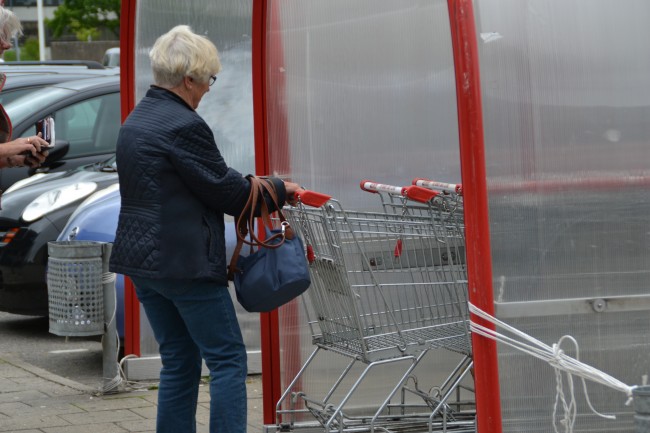
It might sound tedious, but one of the things I noticed in L.A. was the poor usage of shopping carts. When I came back to Denmark over the summer, I was reminded of this feature that actually does a lot. In Denmark, you have to pay to use the shopping carts. When you are done using the cart, users return it to the station, where a coin will pop out. This little feature makes all users return their shopping carts. This prevents the not so pretty, shopping carts from taking up parking spaces and making the city scene look ugly.
3. Including the Sales Tax
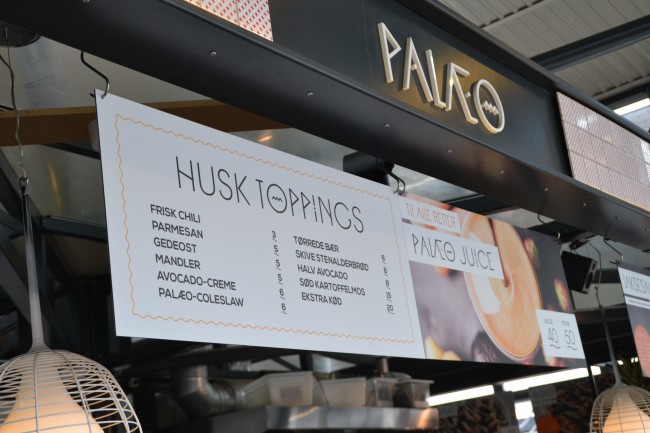
This one is self-explanatory. One of the things I will never understand is the exclusion of the sales tax. Why not just include the sales tax prior to check out? In Denmark, and most other countries, the advertised price is always tax inclusive. If the price tag on that gorgeous handbag you have your eye on says $50, that’s what you pay at checkout. Not $50 plus tax.
4. The Bus Runs on Time
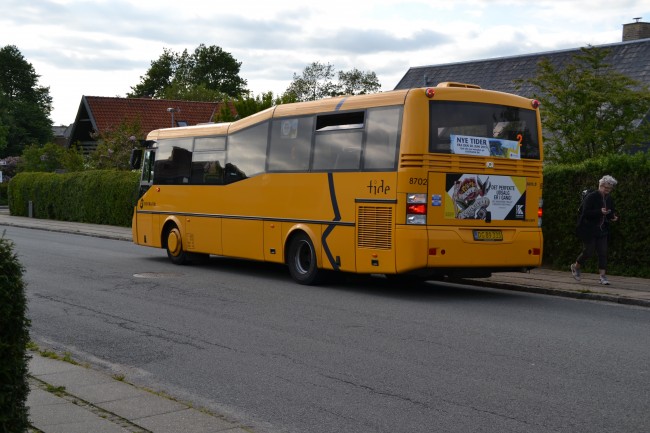
Busses in Denmark promise less than a 20-minute delay. If the bus runs late and delays you more than 20 minutes, a cab can be taken and a bill can be sent to the bus company.
5. Higher value-added-tax rates
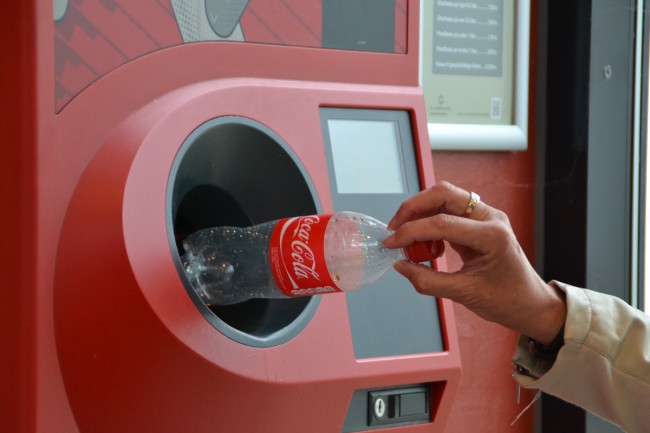
In Denmark the Value-Added-Tax rates vary from 1.00 to 3.00 DKK – or 15 cents to 45 cents – per item. Environmentalists, usually appreciate this higher rate because it makes people sort their bottles and cans from their regular trash and give them back to the stores. The few bottles that make the gutter are sometimes picked up by kids that want to buy candy, foreigners, or just people looking for a few extra bucks. This creates a cleaner, prettier city scenes and less damage on the environment.
6. Clean Tap Water
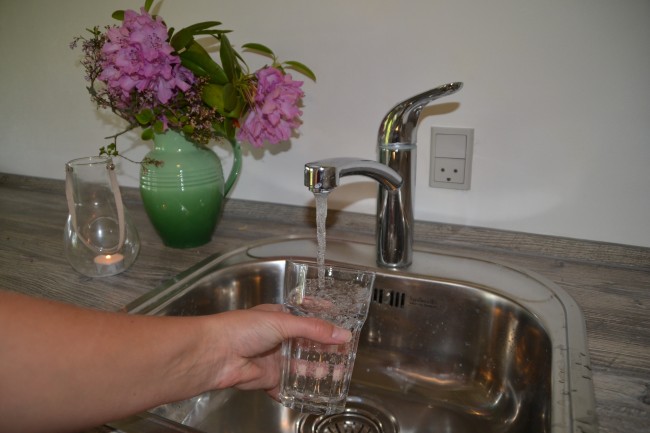
Denmark is known for paying high attention to the environment. Danish law regulates farmers in terms of how much nitrogen can be discharged to the aquatic environment. Denmark has some of the strictest rules in terms of how much fertilizer and nitrogen people can use, how long they can use it and a demand for a higher utilization of the nitrogen in the fertilizer. The rules secure delicious clean tap water. It’s usually cleaner than the bottled water people can buy in stores.
7. Better Cakes and Bread
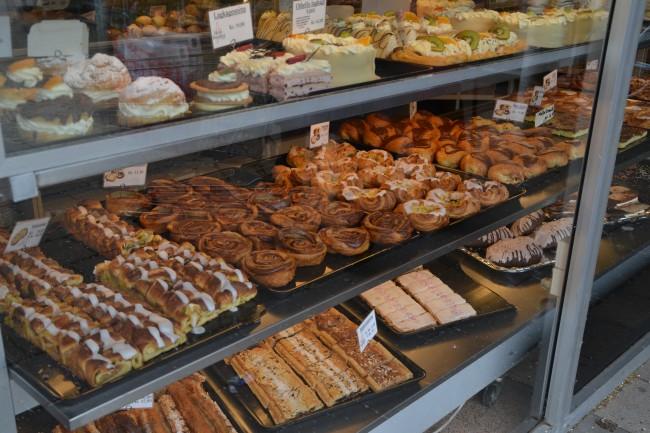
Need I say more than the home of the Danish?
8. Healthy Bread
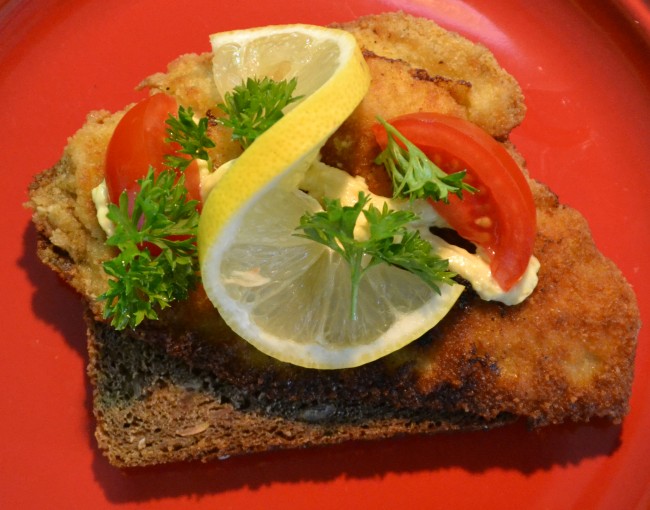
Rye bread, the national bread of Denmark, is a delicious and nutritious black bread used to make the traditional open sandwiches called smørrebrød. Simply delicious.
9. Hygge
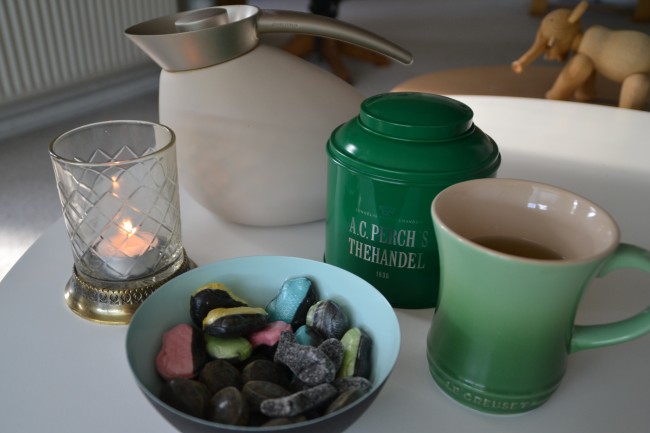
Hygge is a feeling impossible to translate. Hygge is a noun that the dictionary suggests to mean comfort and exemplifies it with “they lit a fire, more for comfort than for heat.” It’s cozying up on the couch with your favorite hot drink, candy, especially licorice and lit candles on a cold autumn day. Or it is setting a warm and welcoming dinner table with some lit candles and cutely folded napkins. See the pattern? We Danes love our candles.
10. No Traffic
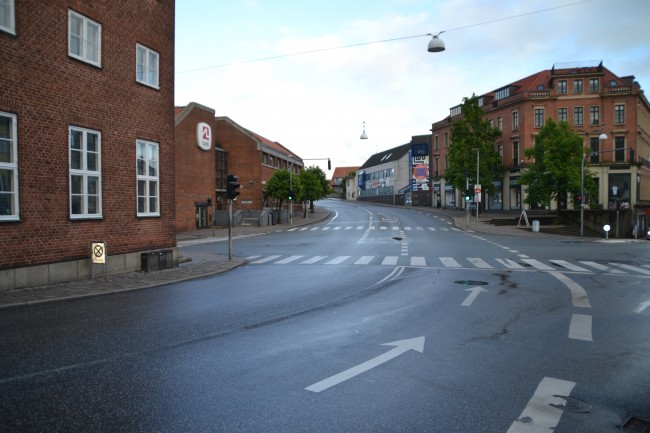
Because Denmark is a small country and traffic practically doesn’t exist. People can travel further and in less time than L.A. traffic allows. Especially, compared to travelling on the 405.
11. Free Gift Wrapping
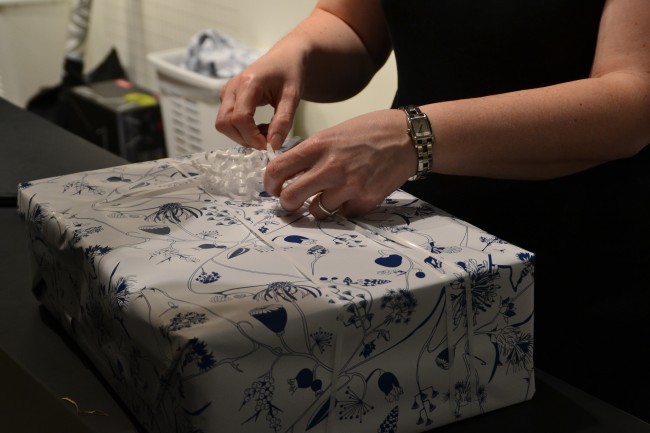
Most stores in Denmark provide a free year-round gift-wrapping service. Something I needed on several occasions in the U.S.
12. Nudity
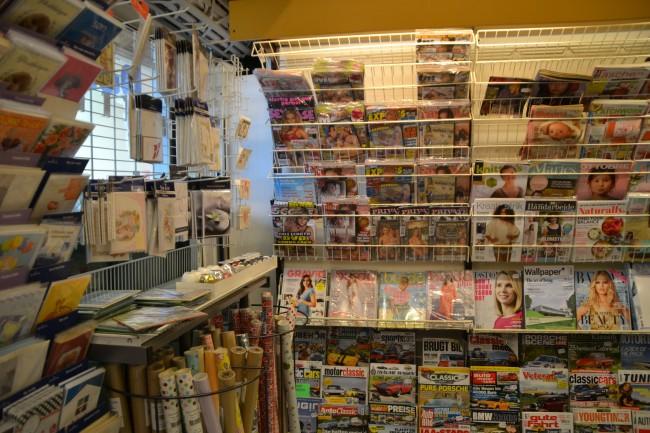
Denmark is a free and open culture. Seeing women sunbathing topless on the beach is not a rare sight. The same goes for the porn accessibility. Going to the locker rooms at the gym or pool, there’s rarely any private booths or enclosed baths. Why? Because in Denmark people don’t feel like they have to hide their bodies. I think it is only healthy for young kids to see that the human body can look in various ways. Not just how it is idealized by models in media.
13. Cycling Culture
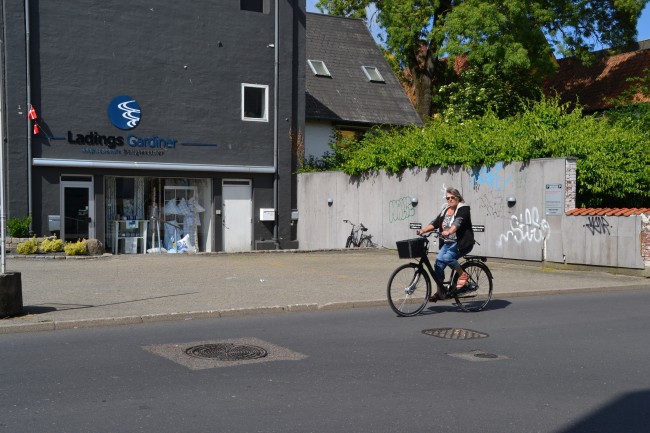
According to the cycling embassy, there are now 1.27 million kilometers cycled everyday, or 0.79 million miles. Furthermore, 36 percent of all trips to work or education within Copenhagen is done by bicycle. While, 52 percent of the people in Copenhagen arrive to work or school by bicycle. Residents within Copenhagen city own 650,000 bikes combined. The average person in Copenhagen owns 1.2 bicycles. To compare there are only 125,000 cars in Copenhagen.
14. Drinking Age
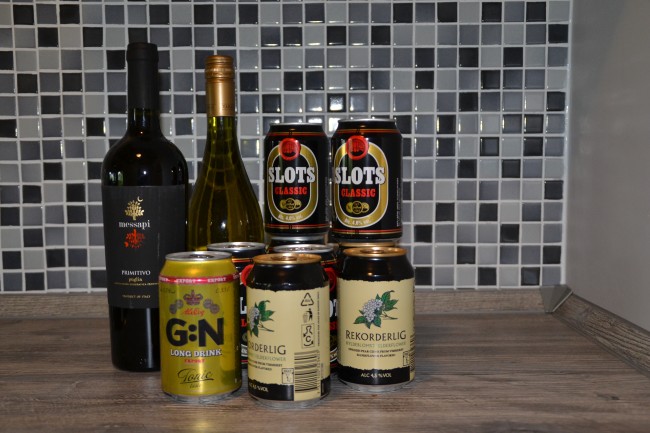
While America prides itself of a liberal gun law, Danes can legally buy wine and beer from the age of 16 and spirits from the age of 18. Guns are, however, not allowed, unless you can prove a genuine reason and pass a background check.
15. Happiest Country
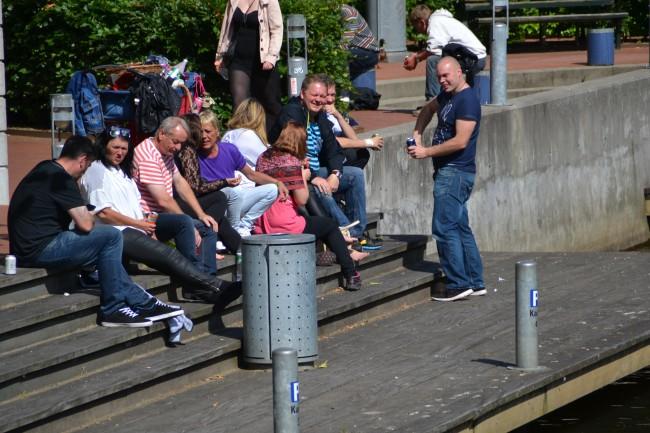
According to the United Nations Sustainable Development Solutions Network, Denmark is recognized as one of the happiest countries in the world. However, this is mostly visible in the summer with up to 18 hours of daylight, compared to the sad seven hours in wintertime. Be sure to visit this beautiful and happy country between the months of June and August.
